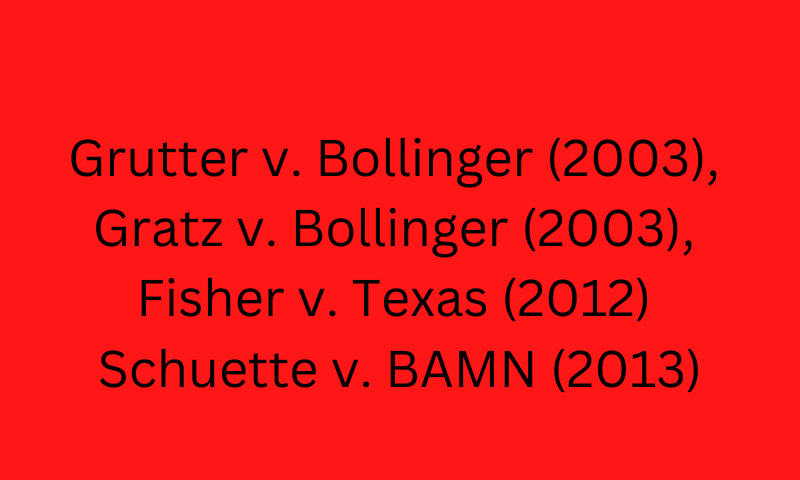Jacob Scheer
Tablet, July 31, 2018
“The re-emergence of quotas as a policy to aid disadvantaged groups was seen as a threat to the achievement-based society in which the Jews had become “one of America’s most successful ethnic groups with the nation’s highest per capita income and high representation in legal, technocratic and academic professions.”
Affirmative action in higher education is arguably the most contentious political and social issue of the last half-century. Legal cases challenging affirmative action’s constitutionality have reached the chambers of the U.S. Supreme Court around once each decade, and in each instance American Jewish communal organizations have weighed in by submitting amicus curiae, or friend of the court, briefs in favor of either the petitioner or the defendant.
In recent Supreme Court cases such as Grutter v. Bollinger (2003), Gratz v. Bollinger (2003), Fisher v. Texas (2012) and Schuette v. BAMN (2013), Jewish organizations led by the “big three”—the Anti-Defamation League, the American Jewish Congress, and the American Jewish Committee—submitted legal briefs defending race-conscious university admissions policies on the grounds that diversity is a compelling state interest. Although this may seem like a given considering the liberal bent of many if not most American Jews, the Jewish stance on affirmative action has not always been supportive. In 1978, when the Regents v. Bakke case first successfully challenged affirmative action at the Supreme Court level, the big three American Jewish organizations all submitted amicus curiae briefs opposing affirmative action admissions policies in support of Bakke.
This phenomenon has received little attention in the mainstream or Jewish press. The clearest explanation given for this shift cites “legal and factual differences” between the late 1970s and the 2000s, “as well as the divergent political and ideological agendas of the various organizations” as the reason for the shift. Amicus curiae briefs filed in the Regents v. Bakke, Gratz and Grutter v. Bollinger cases, newspaper articles and press releases, as well as sociological and statistical surveys of Jews in higher education all suggest that official explanations provided by the Jewish communal groups are insufficient to explain the observed shift in stance on affirmative action between 1978 and the present. A better explanation seems to lie in Jewish accumulation of status and political power, as well as the rapidly expanding presence of high-achieving Asian-American students in academia.
***
The term “affirmative action” was coined by President Lyndon B. Johnson in 1965 in Executive Order 11246, which required federal contractors to “take affirmative action to ensure that applicants are employed, and that employees are treated during employment, without regard to their race, creed, color, or national origin.” It was assumed that ending discriminatory practices in the hiring and treatment of black employees would rectify past discrimination and bring about equality for African-Americans. However, in the late 1960s the government increased efforts to address our country’s lingering racial inequities. The Nixon administration’s Philadelphia Plan set specific goals and timetables for hiring minority workers in federal construction jobs. The Labor Department gave contractors three years to bring minority employment up to 20 percent. Other government-funded institutions began setting aside a certain proportion of places for minorities in job hiring and school admissions to comply with the law and in the academic year of 1970-1971, this type of quota-based affirmative action made its way into American institutions of higher learning. … SOURCE


